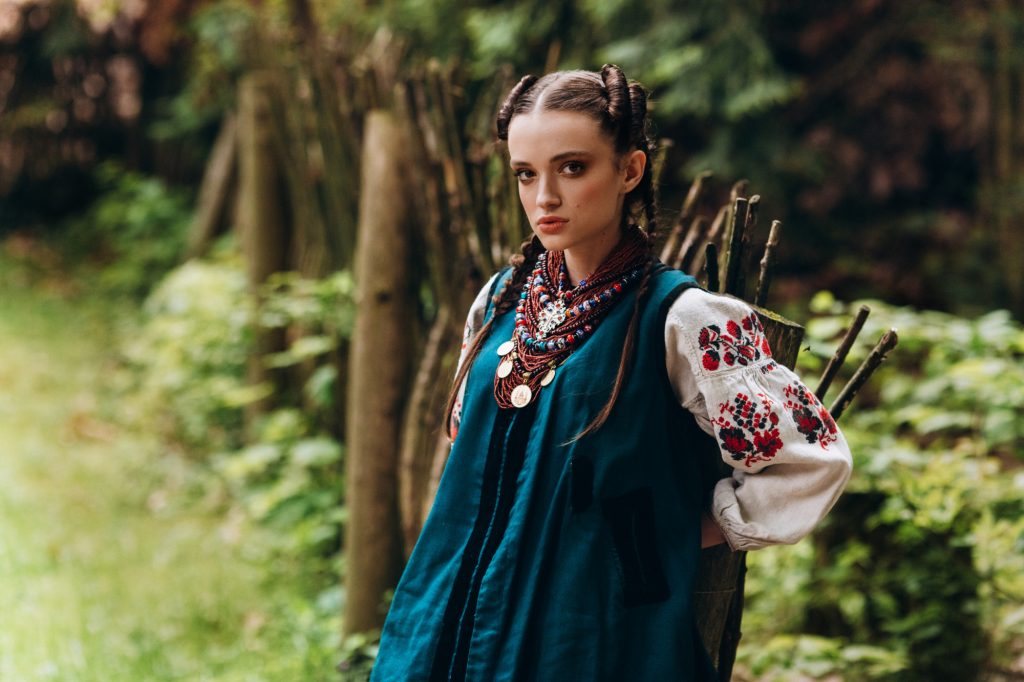
When people think of Ireland, what often comes to mind are the green landscapes, traditional pubs, friendly atmosphere and the well-known St. Patrick’s Day celebrations. But beyond all this energy and charm lies a cultural heritage that has lasted for centuries – the Celtic influence.
At Liffey College, based in the centre of Dublin, we value more than just language learning. We believe that understanding local culture is key to a full international experience. And getting to know the Celtic legacy is essential to truly connect with the Irish way of life.
A culture that shaped Ireland as we know it
The Celts arrived in Ireland around 500 BC, bringing with them new traditions, strong spiritual beliefs, a unique language and deep respect for nature. Over time, their culture became the foundation of the Irish identity, leaving traces that can still be seen today.
Walking through Dublin, including around the Liffey College campus, you will find Celtic-inspired art, architecture, and references to ancient traditions that are still part of everyday life.
Legends and festivals that still have meaning today
Celtic stories are full of fairies, druids, warriors and magical places. Many Irish families pass on these tales from generation to generation, especially stories about the “people of the hills”, a group of mystical beings linked to nature.
Festivals like Samhain, which takes place at the end of October, are still celebrated today and are considered the origin of what we now know as Halloween.
Celtic art in modern Ireland
Celtic art is famous for its spirals, knotwork and symbolic patterns. These designs can be found in jewellery, architecture, tattoos and paintings. One of the best-known examples is the Book of Kells, a masterpiece from the ninth century which can be seen at Trinity College – just a short walk from Liffey College.
This artistic style still inspires many Irish artists today, showing how tradition can live on and evolve.
Language and music: two strong connections to the past
The Irish language (Gaelic) comes from Celtic roots and is still spoken in several regions of the country. Although English is the main language, Irish is taught in schools and used in signs across the city.
Traditional music also has strong Celtic origins. Instruments such as the harp, the bodhrán (a type of drum) and the tin whistle are often played at festivals and in pubs, where students can enjoy live music in a friendly and relaxed setting.
A cultural journey for international students
At Liffey College, we encourage our students to go beyond the classroom and discover the true soul of Ireland. Learning English here is also about exploring the history, music, art and traditions that make this country so special.
The Celtic legacy is not something found only in museums or books. It is alive in the streets, in the festivals, in everyday habits and in the warm welcome you receive from the Irish people.
Make your journey unforgettable
If you dream of studying English in a place full of stories, meaning and cultural richness, Liffey College is the right place for you. We offer support, high-quality teaching and the opportunity to experience Dublin in a unique and unforgettable way.
Visit liffeycollege.ie and start planning your next chapter in Ireland.
By Everton Tadeu

 Learner
Learner Tutor
Tutor  Agent
Agent 